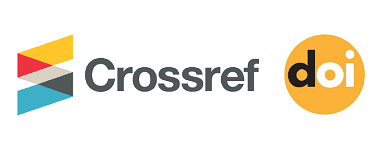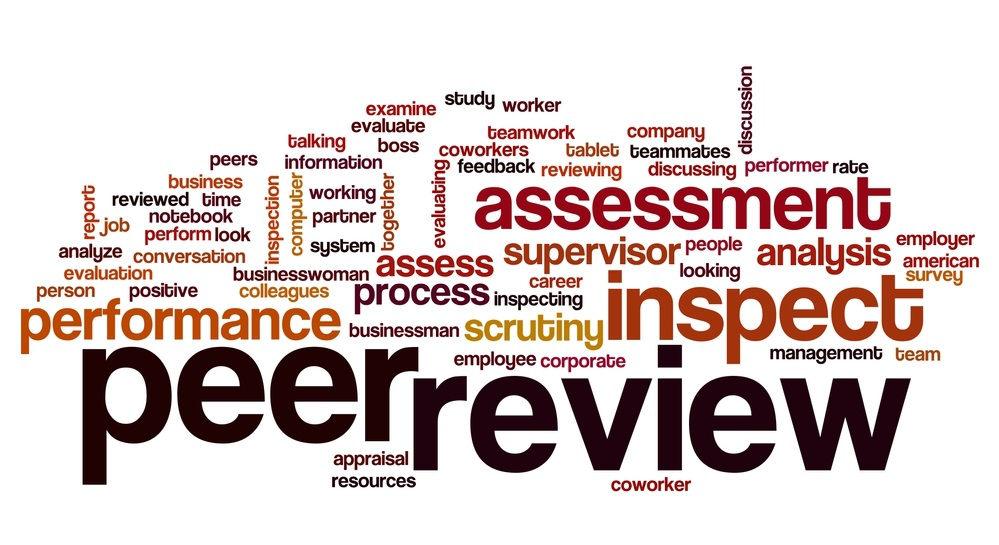P2P Lending Default Risk Prediction Using Attention-Enhanced Graph Neural Networks
DOI:
https://doi.org/10.69987/JACS.2023.31102Keywords:
P2P lending, default risk prediction, attention mechanism, heterogeneous graph neural networksAbstract
This paper proposes an attention-enhanced graph neural network approach for predicting default risk in peer-to-peer (P2P) lending platforms. The model innovatively integrates heterogeneous graph structures with multi-layer attention mechanisms to capture complex relationships between borrowers, loans, and market conditions. The architecture incorporates a novel multi-head attention aggregation mechanism that dynamically weights different types of financial relationships and temporal patterns. Experiments conducted on the Lending Club dataset, comprising 1.2 million loan records from 2018 to 2022, demonstrate the model's superior performance compared to traditional approaches. The proposed model achieves a 23.5% improvement in prediction accuracy and a 21.4% reduction in false positive rates compared to state-of-the-art baselines. The attention mechanism enables interpretable risk assessment by identifying key factors contributing to default probability. Comprehensive ablation studies validate the effectiveness of each architectural component, with the heterogeneous graph structure and attention layers contributing 18.7% and 15.3% to overall performance, respectively. The model maintains robust performance across different market conditions and loan categories, demonstrating its practical applicability in real-world P2P lending platforms.
Downloads
Published
Issue
Section
License
Copyright (c) 2023 Journal of Advanced Computing Systems

This work is licensed under a Creative Commons Attribution-NonCommercial-NoDerivatives 4.0 International License.










